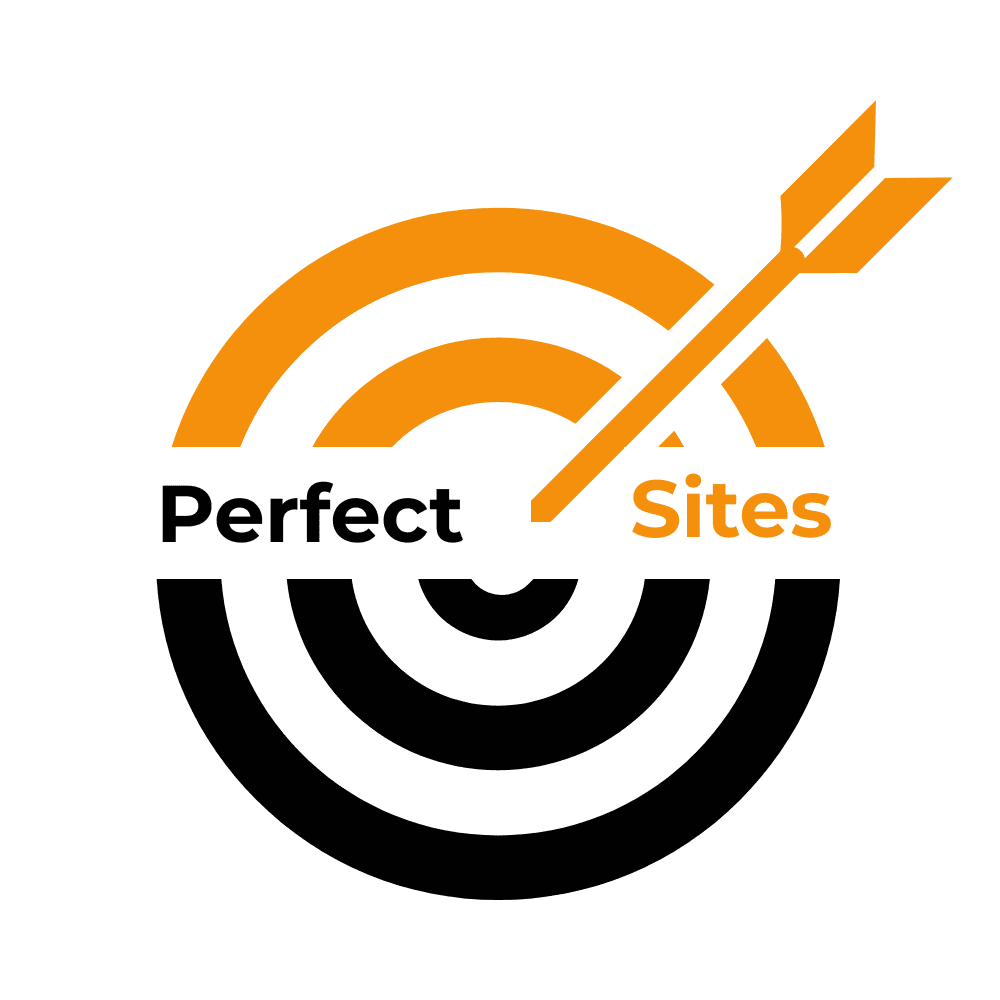Buffalo’s having a bit of a glow-up. The city that once got typecast as “cold and industrial” is now throwing elbows in the startup scene, polishing up its waterfront, and quietly becoming a place where fresh ideas actually stick. If you’re launching a business here, you’re stepping into a city that notices. And your website? That’s the first handshake; the storefront window; the thing people judge you on while eating wings in their pajamas at 2 a.m.
So, let’s talk about what actually matters when you’re building a new business website in Buffalo.
Because looking good isn’t enough. Your site has to speak Buffalo’s language, online.
Local SEO isn’t optional; it’s oxygen.
Buffalo folks search local. They don’t just type “coffee shop,” they type “coffee shop in Buffalo NY,” and they expect to see something that doesn’t feel like it was built in a vacuum. Google Trends backs this up; searches with “Buffalo” in them have been ticking upward all year.
If you want to show up, you need to feed Google the right signals. That means claiming your Google Business Profile, making sure your name, address, and phone number are dead consistent across the internet, and using schema markup so search engines know you’re a real business in a real place.
And don’t underestimate the power of local backlinks. A mention from Buffalo Rising or the Chamber of Commerce? That’s SEO gold. It tells search engines, “Hey, this business actually exists here. People know it. People talk about it.”
Phones first, always.
More than 60 percent of web traffic now comes from mobile devices; that’s not a trend, that’s a reality.
Buffalo’s no different. Whether someone’s looking for a plumber during a January pipe burst or a brunch spot in Allentown, they’re doing it on their phone. So if your site loads slowly, buttons are too small, or it’s one of those “pinch and zoom” nightmares, you’ve already lost them.
Use Google’s Mobile-Friendly Test to see if your site holds up.
If it doesn’t, fix it. Responsiveness isn’t a feature; it’s the floor.
Buffalo buys local, so show them you are.
This city likes to root for its own. If your site feels like it was built by someone who’s never seen a snowplow, people notice. Visuals matter. Use photos of real Buffalo spots—Canalside, Elmwood Village, the grain elevators, even the Albright-Knox if you’re feeling classy.
But don’t stop at photos. Add testimonials from local clients. Case studies with Buffalo-based partners. Even a blurb about how your founder grew up near Hertel can go a long way. It’s more than fluff; it builds trust. And trust sells.
Speed isn’t just a technical thing; it’s a make-or-break thing.
Here’s the brutal truth: if your site takes more than a couple seconds to load, people bounce. They don’t wait. They go back to Google and click the next thing.
Google’s own research says a 1-second delay can slash conversions by 20 percent.
So don’t cheap out on hosting. Pick a provider with servers close to New York State, or use a CDN to keep things fast no matter where your visitors are. GTmetrix and PageSpeed Insights can give you the cold, hard numbers.
Write like you live here.
Your content should feel like it belongs. Don’t just slap together generic service pages. Create content that actually speaks to Buffalo’s quirks and questions.
If you’re a law firm, write about small business regulations in Erie County. If you sell homes, talk about where first-time buyers are actually looking—North Buffalo, South Buffalo, or maybe even Cheektowaga if they’re feeling adventurous. And if you run a restaurant and you’re not talking about wings? You’re missing the easiest SEO win of your life.
Localized long-tail keywords are your friend. They’re easier to rank for, and way more likely to convert.
Accessibility isn’t a “nice-to-have.”
New York State has rules about digital accessibility, especially if your business touches public funding or regulated sectors. But even if you’re not legally required to comply, you still should.
WCAG 2.1 is the standard. It’s not exactly light reading, but it lays out how to make your site usable for people with disabilities.
And here’s the bonus: accessible sites tend to perform better in search and work better for everyone. Good UX is universal.
Track what matters or you’re flying blind.
Buffalo’s business scene is scrappy and competitive. You don’t get to just “set it and forget it.” You need to know what’s working; what pages people land on, where they drop off, which calls are coming from your site.
That means setting up Google Analytics 4, using Google Tag Manager to track clicks and form submissions, and maybe even using a local call tracking number so you can measure phone leads.
Data isn’t just for nerds. It’s for anyone who wants to spend less time guessing and more time growing.
So, what’s the takeaway?
If you’re building a new business website in Buffalo, don’t treat it like a checklist. Treat it like a conversation—with your customers, your community, and the search engines that help people find you. Make it fast. Make it local. Make it real.
Whether you’re opening a boutique on Elmwood or launching a tech company in Larkinville, your website should carry the same energy Buffalo does: a little gritty, a little proud, and built to last.
That’s the view from the ground.
We’ll be back soon with more real-world insights.
Until then, keep building.
– Perfect Sites Blog

